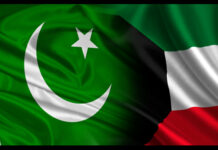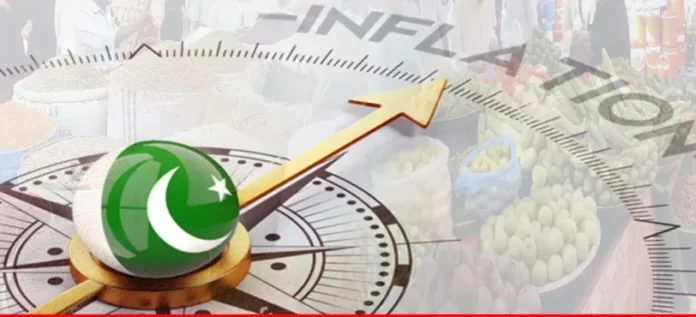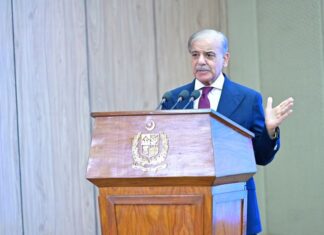Inflation in Pakistan is expected to hover between 13.5% and 14.5% in May and to ease further to 12.5% to 13.5% by June, according to a Monthly Economic Update from the Ministry of Finance on Wednesday.
The country has experienced inflation above 20% since May 2022, with a high of 38% in May 2023, as it navigated reforms as part of an International Monetary Fund’s bailout programme.
However, inflation has slowed in recent months. The consumer price index for April slowed to 17.3% year-on-year, the lowest reading in nearly two years and below the finance ministry’s projections for the month.
“The inflation outlook for May 2024 continues on a downward trajectory, attributed to elevated inflation levels last year and improvements in the domestic supply chain of perishable items, staple food like wheat, and reduced transportation costs,” the report stated.
The ministry projected that headline inflation would hover around 13.5-14.5% in May 2024, with prospects for a gradual easing to 12.5-13.5% by June 2024.
This positive outlook is supported by the government’s measures to curb inflation through stringent administrative efforts and enhanced availability of food items, stabilizing prices and reducing market volatility.
The Ministry of Finance’s report indicated that economic indicators demonstrate strengthening stability in real, fiscal, and external sectors during the ongoing fiscal year. GDP growth is rising while inflation rates are declining, reflecting the effectiveness of recent fiscal consolidation efforts.
According to the report, GDP growth is elevating while inflation rates are declining with a positive primary balance, reflecting the effectiveness of recent fiscal consolidation efforts.
The economic performance also reveals that agriculture has been a major contributor to this fiscal year’s economic upswing, registering growth of 6.25%.
The agriculture sector’s recovery is mainly attributed to government initiatives through improved input supply and increased credit disbursement to farmers.
Large Scale Manufacturing (LSM) growth in 2024 Quarter 3, became positive and is expected to remain moderately positive on average throughout the second half of the current fiscal year. While it witnessed a minor decline of 0.1 per cent during July-March FY 2024 against the contraction of 7.0 per cent same period last year. During this period, 11 to 22 sectors witnessed positive growth.
On the fiscal front, during July – March FY24, the revenue growth outpaced expenditures. Within revenues, both tax and the non-tax collection grew significantly by 29.3 per cent and 90.7 per cent, respectively.
Moreover, measures to control non-mark-up spending helped improve the primary surplus to Rs 1615.4 billion (1.5 per cent of GDP) from Rs 503.8 billion (0.6 per cent of GDP) last year.
While, overall fiscal deficit remained at 3.7 per cent of GDP, the same as recorded last year. On the external front, the current account for FY2024 (July-April) narrowed down significantly, recording a deficit of $0.2 billion compared to last year’s $3.9 billion, primarily due to an improved trade balance.
In April 2024, the current account surplus was recorded at $491 million, an increase from $434 million in March 2024. Year-on-year, exports in April 2024 increased by 23.4 per cent to $2.6 billion, fueled by eased import restrictions that enhanced the supply chain for export industries. In the same period, imports also rose by 22.8 per cent to $4.4 billion.
The trade deficit for April 2024 recorded at $1.8 billion. Furthermore, the FDI witnessed an increase of 39.1 per cent and reached to $ 358.8 million in April 2024, as against an inflow of $ 258.0 million last month.
The remittances in April 2024 were encouraging, as it increased on a year-on-year basis by 27.9% to $2.8 billion. On the back of a persistent policy rate at 22 per cent, during 1st July – 03rd May, FY2024 money supply shows a growth of 7.1 per cent (Rs 2,229.8 billion) as compared to 7.0 per cent growth (Rs 1,943.4 billion) in last year.
Although the signs of a moderate economic recovery are evident. But to sustain this positive momentum, the policy efforts and reforms to raise productivity, and competitiveness are imperative.























